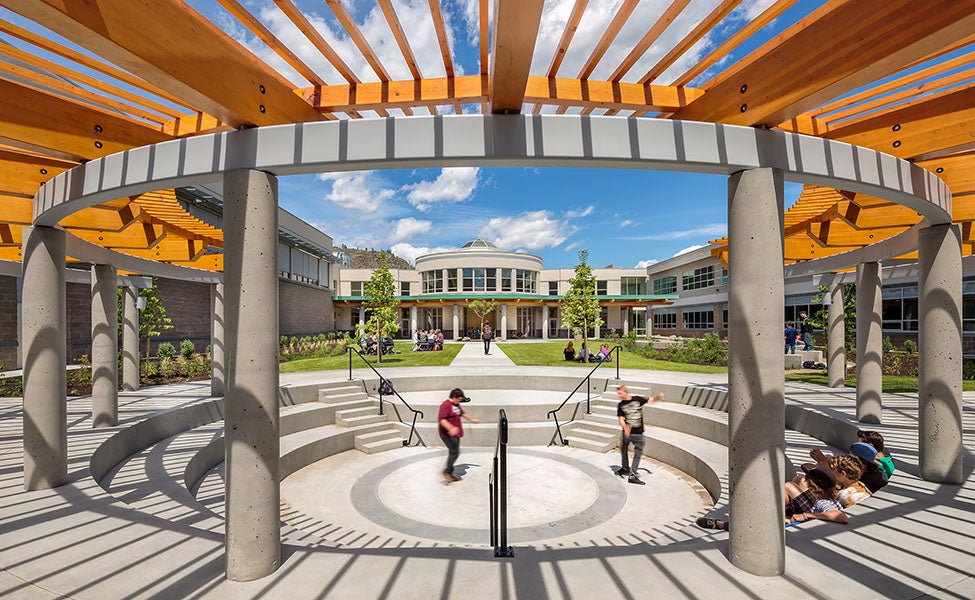Physical Activity Design Guidelines for School Architecture

Increasing children’s physical activity at school is a national focus in the U.S. to address childhood obesity. While research has demonstrated associations between aspects of school environments and students’ physical activity, the literature currently lacks a synthesis of evidence to serve as a practical, spatially-organized resource for school designers and decision-makers, as well as to point to pertinent research opportunities.
To this end, Brittin et al. (2015) have developed a new practical tool: Physical Activity Design Guidelines for School Architecture. Its aims are to provide architects and designers, as well as school planners, educators and public health professionals, with strategies for making K-12 school environments conducive to healthy physical activity, and to engage scientists in transdisciplinary perspectives toward improved knowledge of the school environment’s impact. They used a qualitative review process to develop evidence-based and theory-driven school design guidelines that promote increased physical activity among students. The design guidelines include specific strategies in 10 school design domains. Implementation of the guidelines is expected to enable students to adopt healthier physical activity behaviors. The tool bridges a translational gap between research and environmental design practice, and may contribute to setting new industry and education standards.
A two-page overview of the guidelines created for the EDRA 2017 conference is available for download. The full set of guidelines is available online.
Brittin, J., Sorensen, D., Trowbridge, M., Lee, K. K., Breithecker, D., Frerichs, L., & Huang, T. (2015). Physical activity design guidelines for school architecture. PloS one, 10(7), e0132597.
